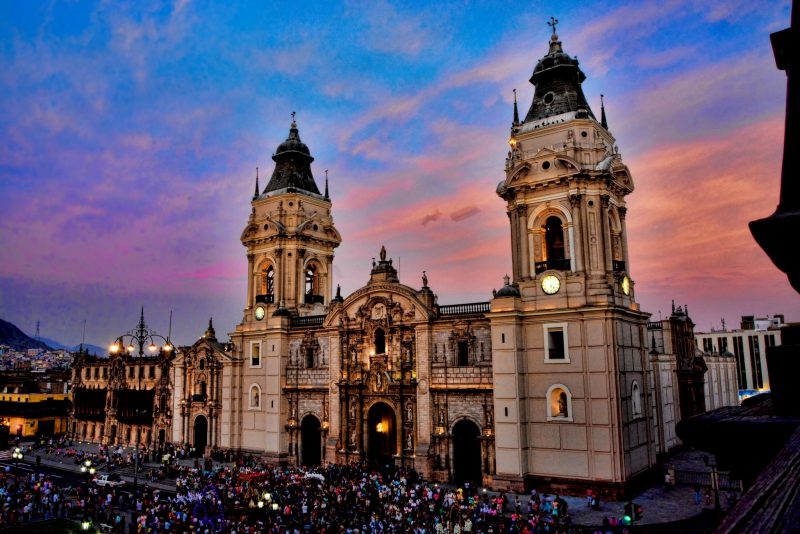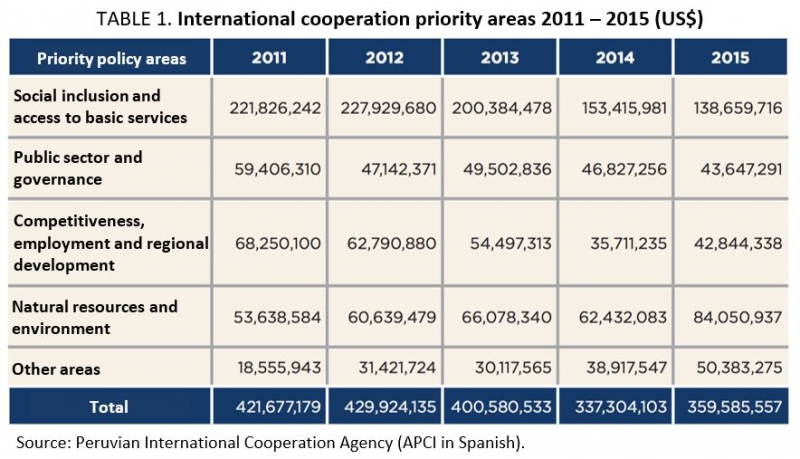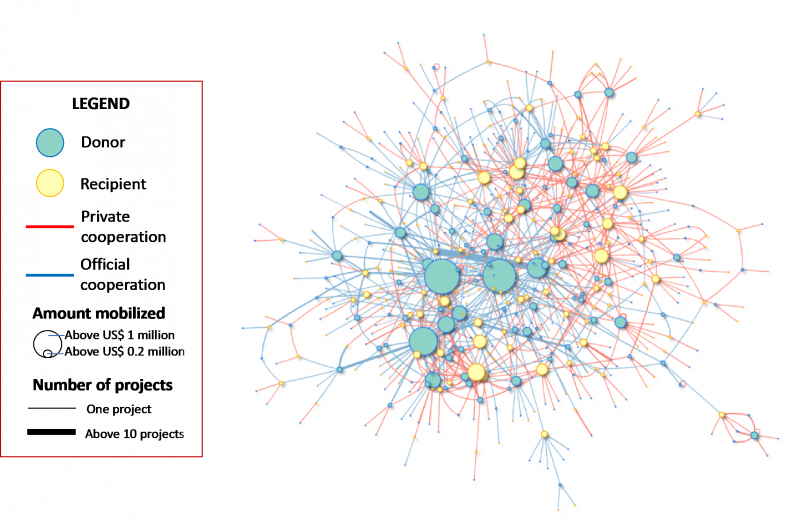Financing green growth in Peru
As Peru grows wealthier, international development assistance has tapered off - except in the area of environmental financing...

As Peru grows wealthier, international development assistance has tapered off - except in the area of environmental financing, which continues to grow. Our partners in Lima, Foro Nacional Internacional, are tracking the opportunities for future green policy in Peru. FNI's Fernando Prada explains how.
International cooperation to Peru has generally followed a downward trend in the 21st century, in terms of non-reimbursable resources. This trend accelerated since 2009 when Peru officially became an upper-middle income country. However, the environmental sector has been an exception among the four priority areas in Peru’s international cooperation policy (table 1). This brings both opportunities and challenges for Peru’s transition to a green economy.
Two factors explain why the environmental sector has diverged. First, Peru hosted the Conference of Parties (COP 21) in 2014 and mobilized resources for research and implementation of climate change projects and policies. Although aggregate official data for 2016 and 2017 is not yet available, preliminary estimates with project-level data indicate that financial flows stand at around US$80 million for the environmental sector per year.

Second, a growing share of international cooperation is coming from the private sector, which complements bilateral and multilateral flows (grants from developed countries and international agencies, respectively). Most grants come from international private foundations and companies’ social responsibility initiatives, but more recently the for-profit private sector is becoming a dynamic actor. Overall, private actors have mobilized an annual average of US$150 million during the last five years, of which 30% to 35% goes to the environmental sector.
Nevertheless, this dynamism is not yet producing a critical mass that could maximize development impact. Figure 1 describes project-level data of international cooperation in the environmental sector between 2008 and 2016. Even excluding projects below US$100,000 (40% of total projects throughout this period), the emerging scenario is one of fragmentation. First, most projects are short-term and low-scale. Second, only a small number of donors and recipients implement projects in parallel, thus acting as nodes to systematize and disseminate learnings. Third, a diversity of policy objectives, instruments and patterns of interventions may be beneficial at the local level but at a high opportunity cost without larger scale.

International cooperation impact relates not only to its capacity to mobilize financial resources. In fact, total international cooperation represents less than 0.25% of government budget; meanwhile, the amount allocated to the environmental sector represents only 2.2% of public environmental budget. The most relevant impact actually comes from the capacity to generate knowledge and evidence-based policy, as well as creating a critical mass of organizations and actors to support policy implementation.
In a scenario of fragmentation, the knowledge that is generated does not effectively contribute to policy design. Moreover, without coordination, it is more likely that government programs and international cooperation projects duplicate their efforts. The emergence of the private sector as donor is welcomed but it tends to operate at an even lower scale than official projects: in 2016 there were almost 1,200 projects related to the environmental sector, of which 80% involved private donors with a median of US$28,000 per project, while the official projects’ median amounts to US$85,000.
This diversity could inform policy design in two key aspects of the transition to a green economy: valuing nature and greening economic sectors. In 2016, around 50% of projects related to the first objective, in the form of conservation and research projects, restoration of ecosystems, and preserving biodiversity; another 20% of projects introduced environment-friendly technologies for production and reducing contamination. There is a key role for NGOs, universities and donors in the systematization and dissemination of the development results of these diverse interventions, and the Green Economy Coalition in Peru will compile part of this knowledge to inform policy design.
- Fernando Prada, Senior researcher, FORO Nacional Internacional
Image credit: "Lima en Semana Santa" (CC BY-NC 2.0) by Miradortigre


